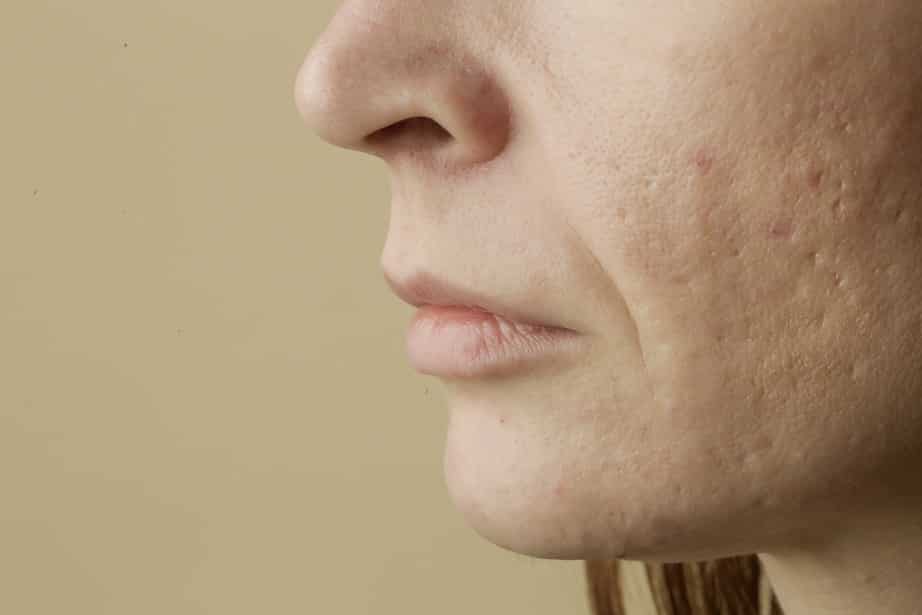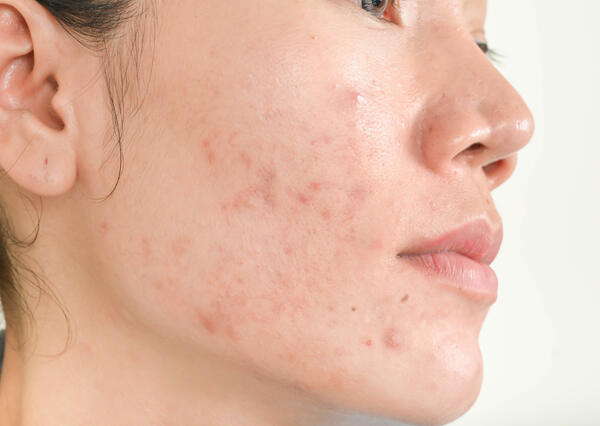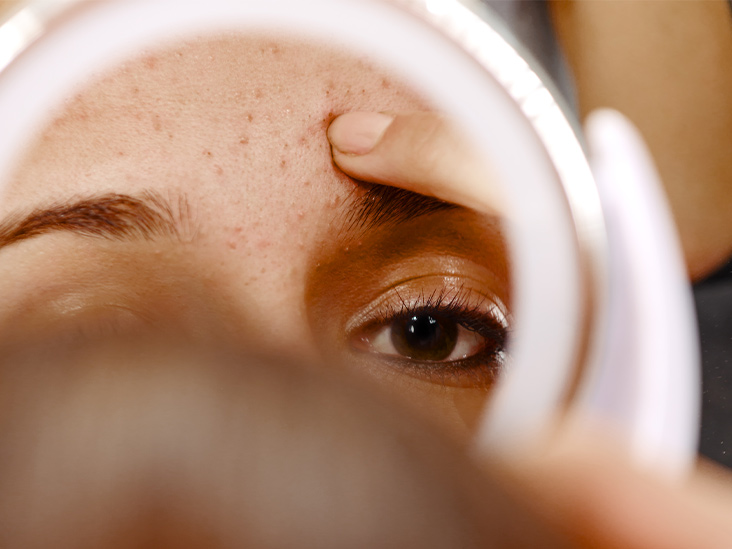Once you’ve tackled your acne, it’s time to look for the scars left behind. You’re sure to get rid of every dark spot left behind, as these marks may make you feel less comfortable and less confident. The good news is that there are a few options that will help you rejuvenate your skin, and these options I will introduce you to later. Let’s take a closer look at pockmarks; these are deep scars on the skin that do not disappear independently. They are often caused by severe acne, which gives the skin the appearance of a skin infection or chickenpox. Also known as blemishes or acne scars, these blemishes occur when the skin’s deep layers are damaged. During the healing process, an excess of collagen is produced, and this excess collagen is left behind the scar tissue. The puncture marks protrude from the rest of the skin and are very visible because they give the skin an irregular appearance.

Getting rid of acne is one thing, but one of the problems you may encounter once your blemishes have faded is that you may leave scars and pockmarks. Of course, you’ll want to avoid these scars for life. Is there anything you can do to remove them?
A visit to the doctor?
First of all, you need to ask yourself how serious the pockmarks are honestly. If the situation is difficult enough, the best advice is to consult your doctor, who can provide you with a more detailed diagnosis and decide whether you should be referred for laser treatment. Laser treatment can be very effective in removing acne scars, but it is not for everyone, so see what your doctor has to say about your condition.
Natural and Home Remedies
Various home remedies are considered effective enough to remove acne scars.
Above all, it is essential to drink plenty of water. The importance of water in regenerating and revitalizing the skin cannot be overemphasized. There is no more effective way to moisturize the skin than by drinking lots of water naturally.
Your diet plays a much more important role than you might think in rejuvenating your skin. Eating lots of fruits, vegetables, and green salad can help heal those scars—mostly citrus fruits such as oranges, grapefruits, lemon, and lime juice.
Other natural remedies
You can try different natural skincare oils (as long as you don’t have particularly oily or greasy skin), including olive oil, rosehip seed oil, and lavender oil. These are natural moisturizers that can help reduce scars. Collagen cream is also useful.
You can also try combinations of honey, aloe vera, sandalwood, and rose water. It may seem very unattractive, but if you make a face mask with yogurt, sour cream, and oatmeal and apply it regularly, you may be pleasantly surprised at the results.
Ice packs
A tip: Wrap a few ice cubes in a cloth and rub them regularly against your scars for fifteen minutes (ideally every day). Ice cubes can work wonders with spots.

Dermal procedures to get rid of pockmarks
Dermabrasion
This effective scar removal treatment uses a high-speed brush or another instrument to resurface your skin and eliminate or reduce the depth of scars. It can take up to three weeks for the skin to heal.
Microdermabrasion
For this less intensive type of dermabrasion, a dermatologist or aestheticians uses a handheld device to remove surface skin. More than one treatment may be required, but there is no downtime, depending on the AAD.
Chemical peel
During a chemical peel, a chemical solution is applied to the skin. It removes the outer layer of the skin, giving it a smoother and more uniform appearance. You may experience redness and peel for three to seven days after the procedure, notes the American Society of Dermatologic Surgery (ASDS).
Laser
Your dermatologist may use a laser resurfacing treatment to remove the outer layer of your skin, bypass areas of acne scarring, or lighten the redness around healed acne lesions. Healing can take between 3 and 10 days.



